Suborder Mesobatrachia Phylum Chordata Order Frog | Family Scaphiopodidae Scientific name Spea multiplicata Rank Species | |
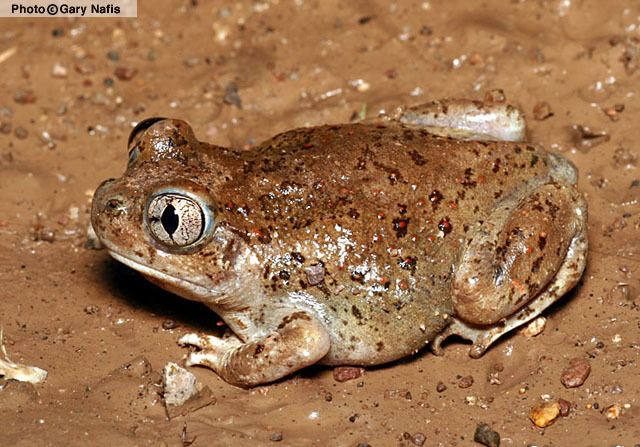 | ||
Similar Spea, Plains spadefoot toad, American spadefoot toad, Frog, Couch's spadefoot toad | ||
The new mexico spadefoot toad call chorus
The New Mexico spadefoot toad (Spea multiplicata) is a species of American spadefoot toad found in the southwestern United States and Mexico. Like other species of spadefoot toad, they get their name from a distinctive spade-like projections on their hind legs which enable them to dig in sandy soils. Some sources also refer to the species as the Mexican spadefoot toad, desert spadefoot toad or southern spadefoot toad.
Contents
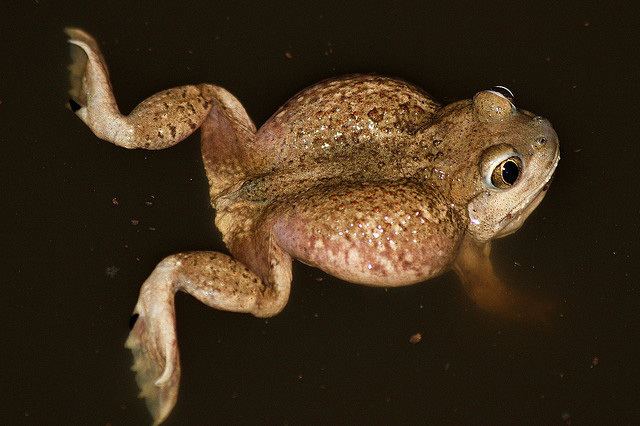
Description
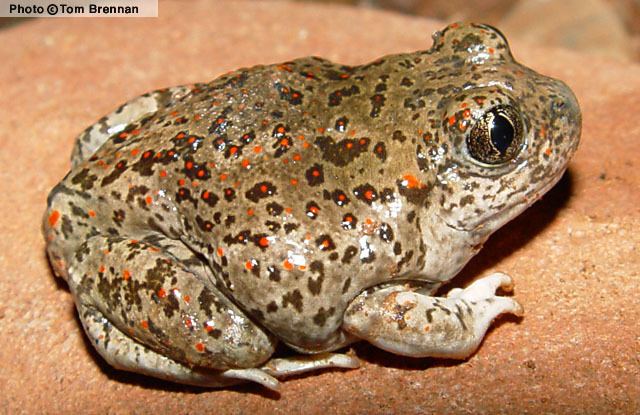
The New Mexico spadefoot toad grows from 1.5 to 2.5 inches in length, and has a round body, with relatively short legs. They are green, to grey, to brown, usually reflecting the soil color of their native habitat, often with black and orange colored speckling on their back, and a white underside. They have large eyes, with vertical pupils.
Behavior
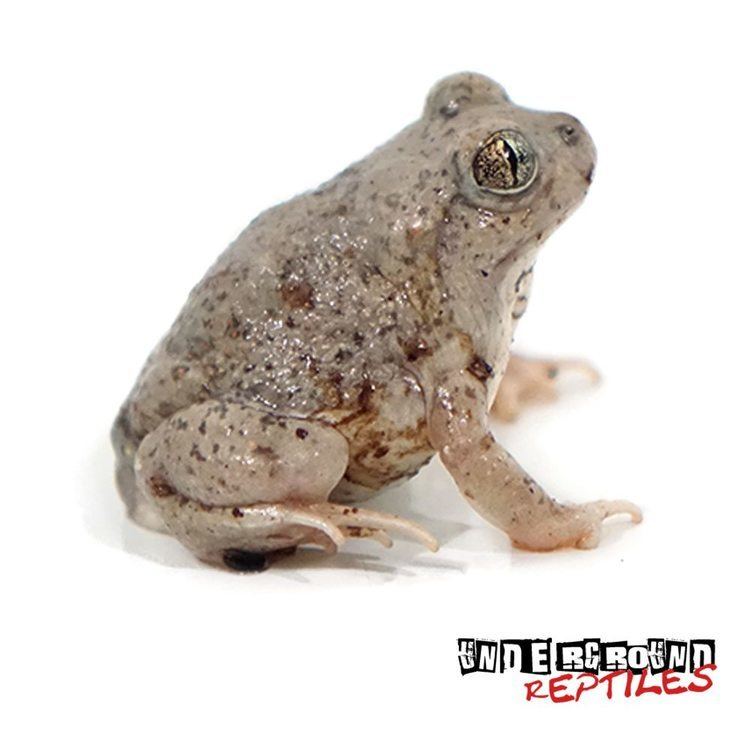
Like all species of spadefoot toad, the New Mexico spadefoot toad is nocturnal and secretive. If handled, these frogs might emit a peanutlike odor, which can cause tearing and nasal discharge if in close contact with the face. Spending most of its time buried in the ground, the spadefoot emerges during periods of summer rainfall to feed on insects and to breed. Breeding takes place in temporary pools left by the rain. Eggs laid in large masses, often hatch in as little as 48 hours. The tadpoles are forced to metamorphose quickly, before the water dries up.
Taxonomy
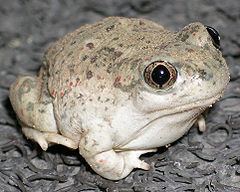
The species was once classified as a subspecies of the western spadefoot toad, Spea hammondii, but distinctive morphological characteristics led researchers to reclassify it as its own species. The New Mexico spadefoot toad is also known to hybridize with the Plains spadefoot toad, Spea bombifrons in the areas where their ranges overlap, making distinguishing the species from each other difficult.
